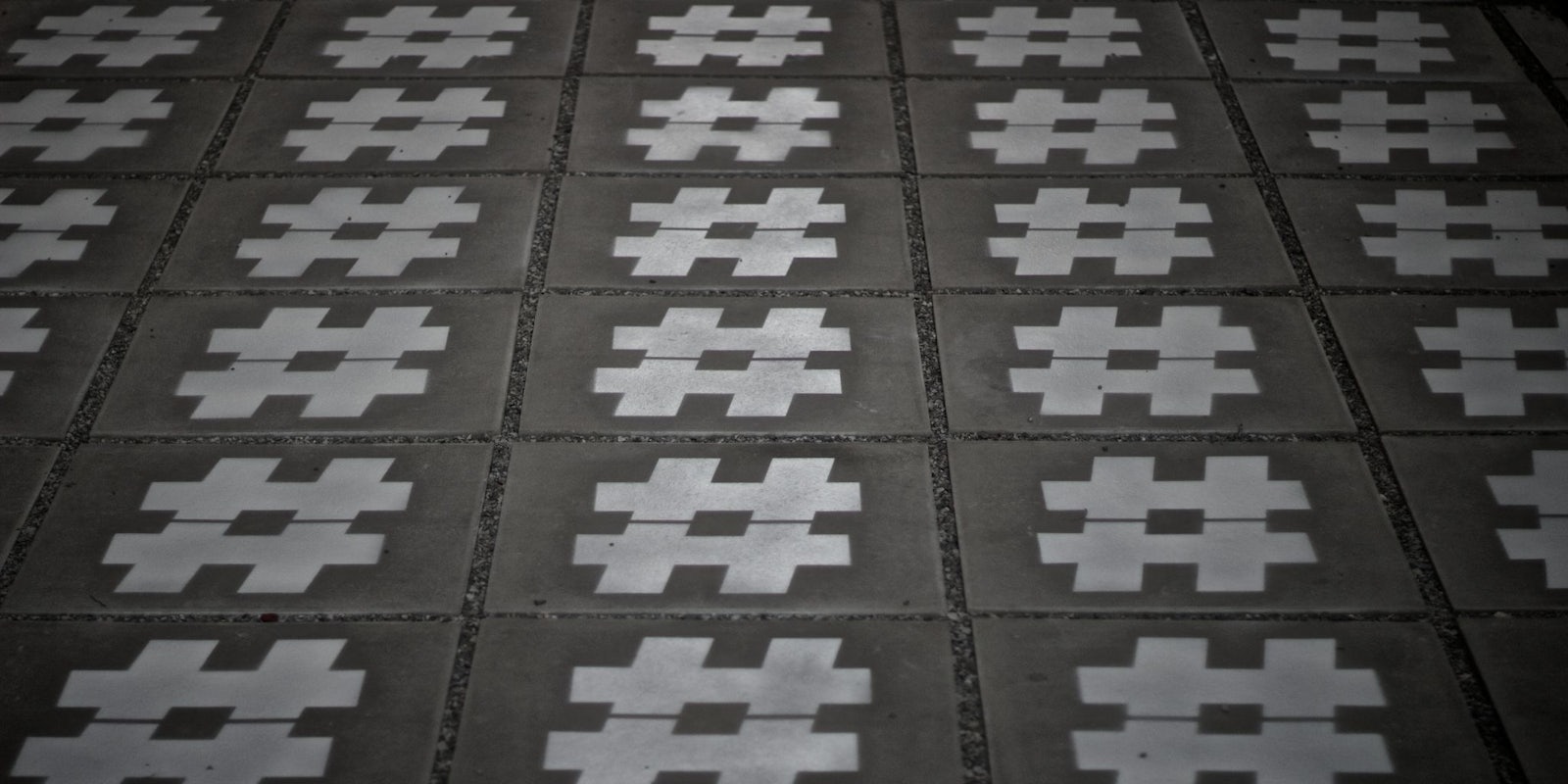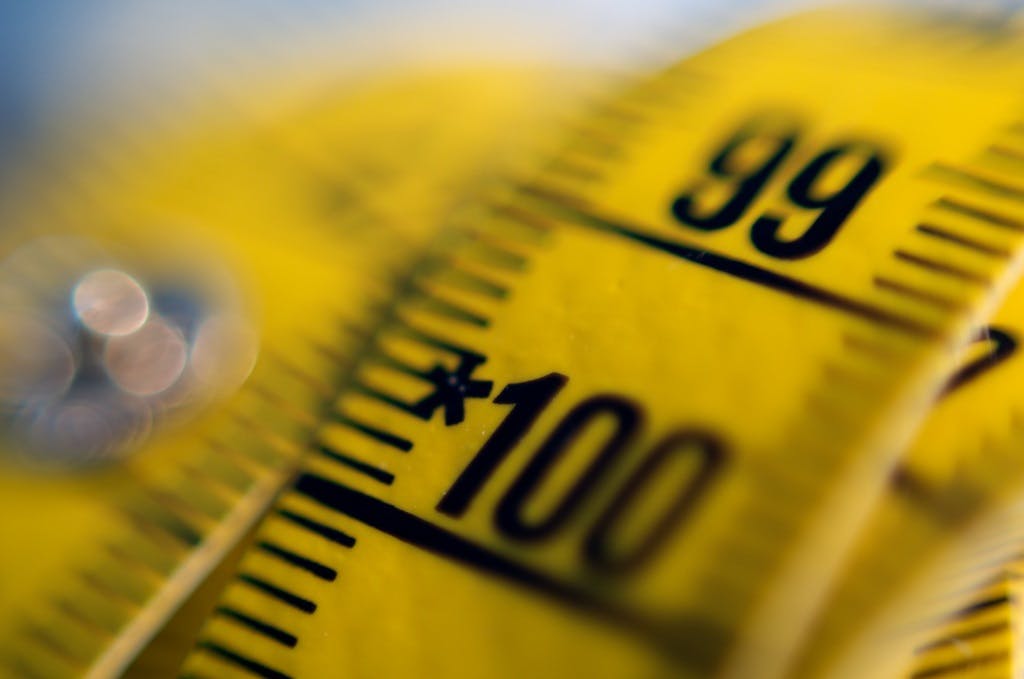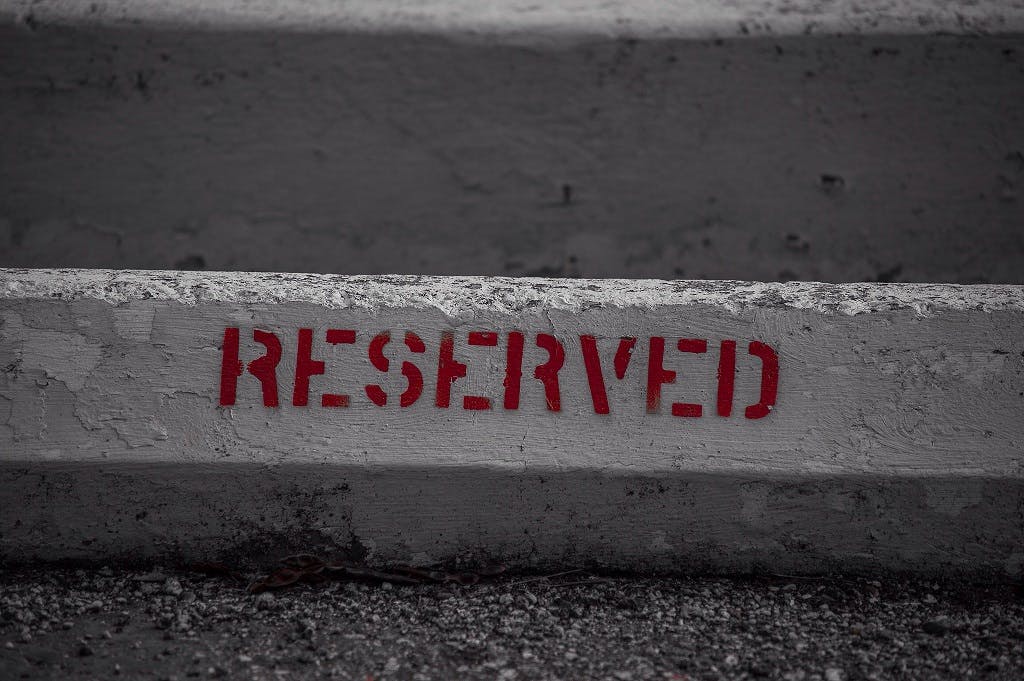#NailedIt.
Whether you’re drumming up publicity for your event, raising awareness for a cause, trying to encourage a conversation, or simply want to up engagement on social platforms, a great hashtag is essential.
But what makes a good hashtag? How do you decide what will work best for your purposes? It’s a tricky art that is hard to get exactly right, but we have some important pointers to consider if you’re brainstorming your next brilliant hashtag.
1) Keep it brief
Especially on platforms like Twitter, where character space is limited, it’s crucial to keep your hashtag as short as possible.
Brevity also means your hashtag will be easier to read and remember.
Read more from the Daily Dot:
On a related note, don’t use too many other hashtags in the same post. Studies of user engagement suggest that using more than two or three hashtags looks spammy.
2) Avoid ambiguity
Legibility is another key point to consider. If appropriate, you can capitalize words to make them easier to read at a glance; look at the difference between #DoggyDaysOut and #doggydaysout.
Another thing to consider, especially for clarity in acronyms, is whether any characters are easy to confuse with others, such as a lowercase “l” and a capital “I.”
3) Ensure it can’t be read the wrong way
Don’t become the sequel to the story of the #susanalbumparty hashtag fail by making sure there is no second meaning in your chosen hashtag.
Get others to check it too. The more people who ensure there are no double entendres, the better.
4) Make it world-event proof
While no one can predict when the next tragic world event will happen, it’s an important element to consider when brainstorming your hashtag.
It’s also worth looking into forthcoming current affairs to make sure you don’t create an insensitive tag.
This is a lesson Entenmann’s learned when trying to push the “#notguilty” hashtag in the context of enjoying tasty treats. The fact that it was during the Casey Anthony trial led to yet another hashtag fail.
5) Make sure it’s not already in use
Finally, don’t gatecrash someone else’s chosen hashtag. A simple Twitter search should be enough to ensure you don’t double up on a hashtag already in use.
If you want to research further, services like Hashtagify can provide more in-depth analysis.







